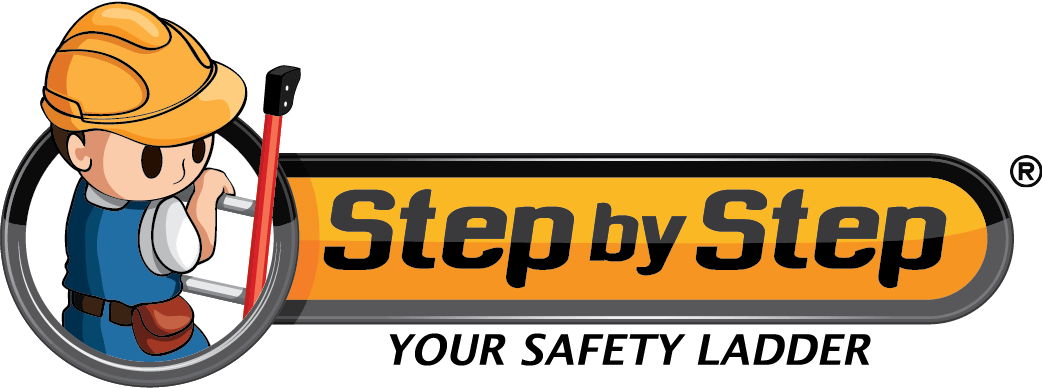Blog

Choosing the wrong ladder for your DIY projects can lead to unexpected delays and challenges.
It’s crucial to select the appropriate ladder based on your project needs to ensure safety, efficiency, and a successful outcome.
Common Issues Caused by Wrong Ladder Choices:
1. Safety Hazards:
- Instability: Using a ladder that is too short or too tall for the task can lead to instability, increasing the risk of falls and accidents.
- Weight Capacity: Ignoring weight capacity guidelines may result in ladder failure, causing injuries to the user and damage to property.
2. Inefficient Reach:
- Choosing the Wrong Height: Selecting a ladder that does not reach the desired height can lead to inefficiencies, requiring additional time and effort to complete tasks or risking the use of unstable makeshift solutions.
3. Space Constraints:
- Size and Portability: Incorrectly estimating the space available for ladder setup can lead to difficulties in maneuvering and positioning the ladder, impacting the user’s ability to work comfortably and safely.
4. Material Mismatch:
- Indoor vs. Outdoor Use: Using an indoor ladder outdoors or vice versa can result in material deterioration, reducing the ladder’s lifespan and compromising safety over time.
5. Task Incompatibility:
- Type of Task: Different tasks require specific ladder types (e.g., step ladders, extension ladders, platform ladders). Choosing the wrong type may hinder the user’s ability to perform tasks efficiently and safely.
6. Environmental Considerations:
- Weather Conditions: Ignoring weather conditions can lead to hazardous situations. Using a metal ladder during a lightning storm, for example, increases the risk of electric shock.
7. Storage and Maintenance:
- Improper Storage: Incorrect storage practices may lead to damage or wear and tear, reducing the ladder’s lifespan and safety.
- Ignoring Maintenance: Failing to inspect and maintain the ladder regularly can result in unnoticed defects, posing risks to the user.
Common Issues Caused by Wrong Ladder Choices:
Tip 1: Assess Project Needs
Consider the height, type of work, and environment to determine the most suitable ladder for your project.
Tip 2: Weight Capacity
Ensure the ladder can support your weight along with any tools or materials you’ll be using.
Tip 3: Safety Features
Look for non-slip steps, a stable base, and proper locking mechanisms to enhance safety during use.
Taking the time to choose the right ladder initially is crucial for the smooth progression of your DIY projects. Prioritize safety and efficiency by selecting a ladder that aligns with your specific project requirements, ultimately avoiding unnecessary delays and complications.
Remember to always take precautions and be aware of your surroundings when working with ladders. As always, drop us any inquiries on “Contact Us” page and fill in the information required, or you can click the WhatsApp icon to reach us.





